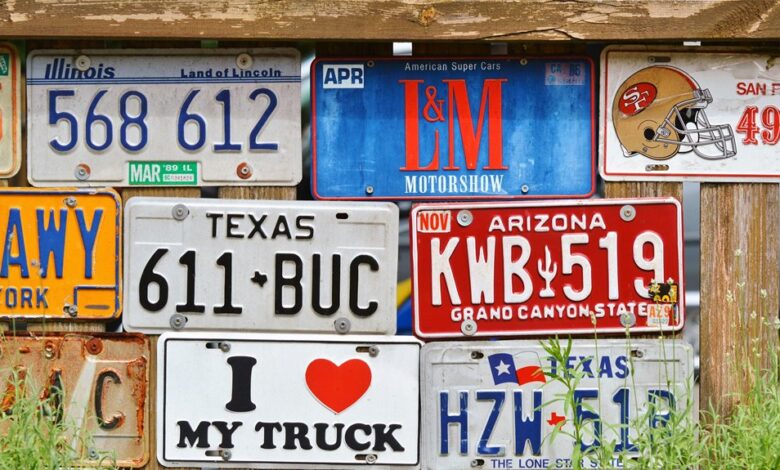Car Numbers: An Insight Into Vehicle Registration Plates

Vehicle registration plates, often referred to as car numbers, are essential for identifying vehicles across the globe. They have evolved significantly since their inception in the late 19th century, reflecting diverse cultural identities and regulatory frameworks. Each region showcases unique alphanumeric formats, while custom plates offer drivers a chance for personal expression. This balance of individuality and accountability raises intriguing questions about their role in society and the implications for road safety and community connections.
The History of Vehicle Registration Plates
Although the concept of vehicle registration plates may seem modern, their origins can be traced back to the late 19th century, when motor vehicles began to proliferate.
Early innovations in registration were driven by the need for identification and accountability. As vehicles spread, regional variations emerged, reflecting local regulations and cultural influences, ultimately shaping a system that balances freedom of movement with societal order.
Understanding Different Formats Around the World
The evolution of vehicle registration plates has led to a myriad of formats and systems adopted worldwide, each reflecting the unique needs and regulations of different regions.
International formats often incorporate alphanumeric combinations, while regional variations can include symbols and color coding.
These diverse approaches not only facilitate vehicle identification but also embody cultural identities, enhancing the sense of freedom on the roads.
Custom Plates: A Personal Touch on the Road
Custom plates offer vehicle owners a unique opportunity to express their individuality and creativity on the road.
Through custom designs and personalized messages, these plates become a canvas for self-expression. They not only enhance vehicle aesthetics but also foster connections among like-minded individuals.
Embracing the freedom of customization, drivers can showcase their personality, values, and interests, making every journey distinctly their own.
Conclusion
In conclusion, vehicle registration plates are akin to a driver's fingerprint, uniquely identifying each vehicle while reflecting cultural nuances. For instance, in Japan, the vibrant characters on plates often tell stories of regional pride and personal identity, much like a badge of honor. As vehicles traverse roads worldwide, these plates not only uphold accountability but also weave a tapestry of human connection, reminding us that every journey carries a story waiting to be told.






